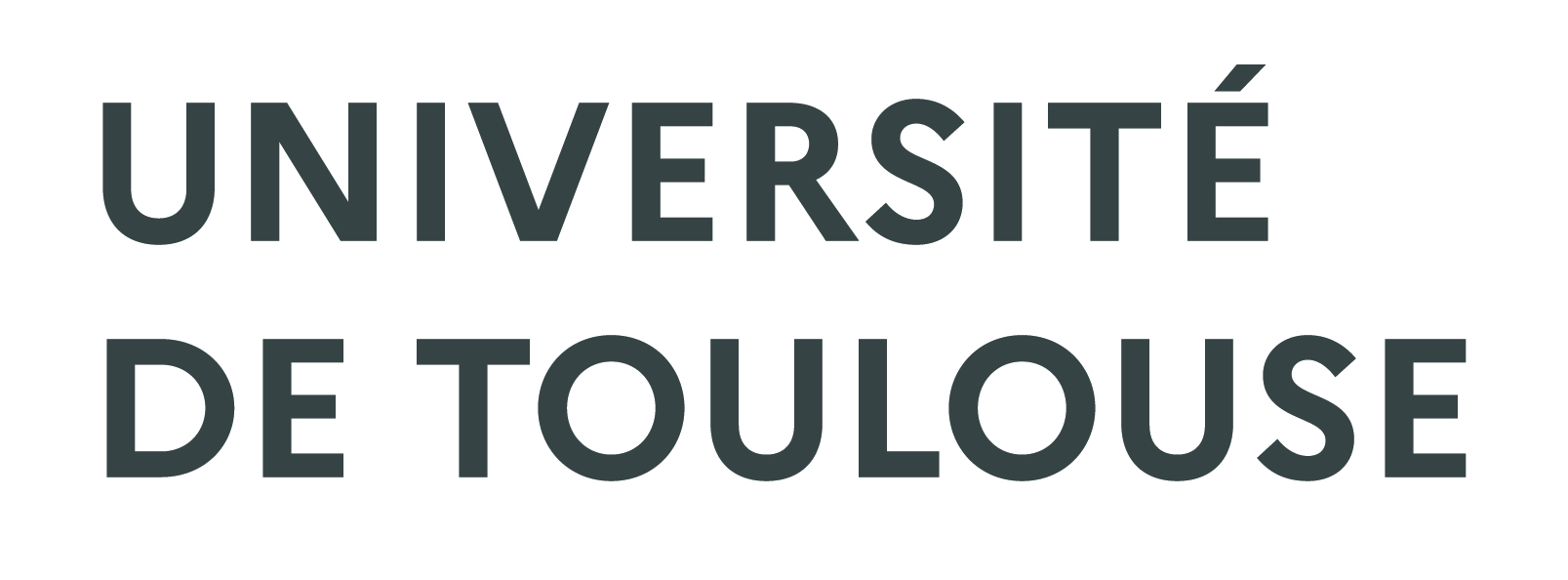Long-Term Series of Chlorophyll-a Concentration in Brazilian Semiarid Lakes from Modis Imagery
Résumé
By monitoring the chlorophyll a concentration (chla), it is possible to keep track of the eutrophication status of a lake and to describe the temporal dynamics of the phytoplankton biomass. Such monitoring must be both extensive and intensive to account for the short- and long-term biomass variations. This may be achieved by the remote estimation of chla through an orbital sensor with high temporal resolution. In this study, we used MODIS imagery to produce 21-year time series of chla for three strategic lakes of the Brazilian semi-arid region: Eng. Armando Ribeiro Gonçalves, Castanhão, and Orós. We used data collected in 13 lakes of the region to test new and published regression models for chla estimation. The selected model was validated and applied to daily MODIS images for the three largest lakes. The resulting chla time series revealed that the temporal dynamics of the phytoplankton biomass is associated with the hydraulic regime of the lakes, with chla plummeting upon intense water renewal and keeping high during persistent dry periods. The intense rainy season of 2004 reduced the phytoplankton biomass and its effects even extended to the subsequent years. Our results encourage the exploration of the MODIS archived imagery in limnological studies.
Domaines
Sciences de l'environnement| Origine | Fichiers éditeurs autorisés sur une archive ouverte |
|---|


